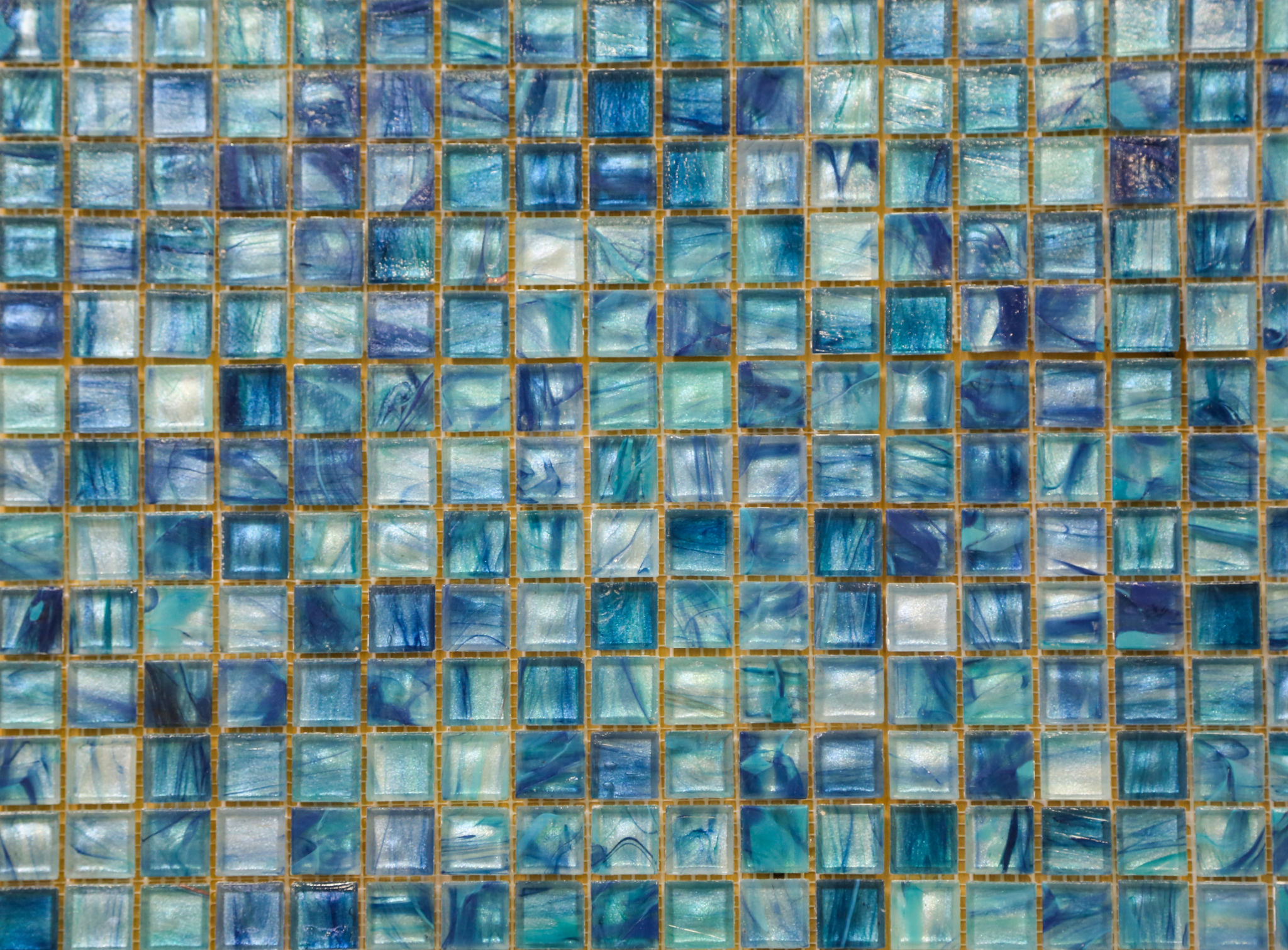Comparing Mosaic Materials: Traditional vs. Eco-Friendly Options
Introduction to Mosaic Materials
Mosaic art has been a cherished form of expression for centuries, with its roots tracing back to ancient civilizations. The beauty and versatility of mosaics lie in their ability to transform spaces with vibrant colors and intricate patterns. Traditionally, mosaic artists have relied on materials like ceramic, glass, and stone. However, the growing emphasis on sustainability has led to the emergence of eco-friendly alternatives. In this blog post, we will explore both traditional and eco-friendly mosaic materials, highlighting their unique characteristics and benefits.

Traditional Mosaic Materials
Ceramics
Ceramic tiles are a popular choice for mosaics due to their durability and wide range of colors. They are often favored for their glossy finish and ease of maintenance. Ceramic tiles can be intricately cut and arranged to create stunning designs. However, the production process for ceramics involves high energy consumption and resource extraction, which can impact the environment.
Glass
Glass tiles are another traditional option that offers a translucent, luminous quality to mosaics. They are available in various finishes, including frosted and iridescent, allowing artists to play with light and texture. Despite their aesthetic appeal, glass production is energy-intensive, and recycling options can be limited.

Stone
Natural stone tiles, such as marble and granite, provide a timeless elegance to mosaic art. Stone mosaics are valued for their strength and natural beauty. However, quarrying stone can lead to environmental degradation, making it less sustainable compared to other materials.
Eco-Friendly Mosaic Materials
Recycled Glass
Recycled glass tiles offer a sustainable alternative to traditional glass. Made from post-consumer glass products, these tiles reduce waste and energy consumption associated with new glass production. They retain the same vibrant colors and reflective properties, making them a popular choice for eco-conscious artists.

Reclaimed Wood
Reclaimed wood tiles bring a rustic charm to mosaic art. Sourced from old buildings or furniture, they give new life to materials that would otherwise go to waste. Each piece tells a story, adding character and warmth to the artwork. Reclaimed wood is not only sustainable but also adds a unique texture that stands out in any design.
Natural Pebbles
Natural pebbles are another eco-friendly option that offers an organic aesthetic. These small stones are collected from riverbeds or beaches, requiring minimal processing. Their smooth surfaces and earthy tones make them ideal for creating serene, nature-inspired mosaics. Using natural pebbles supports sustainable practices by utilizing naturally occurring resources.

Conclusion: Making a Choice
When choosing materials for mosaic art, artists now have a wider array of options that cater to both aesthetic preferences and environmental considerations. Traditional materials like ceramics, glass, and stone provide classic beauty but come with ecological challenges. Eco-friendly alternatives such as recycled glass, reclaimed wood, and natural pebbles offer sustainable solutions without compromising on style or quality.
Ultimately, the choice between traditional and eco-friendly mosaic materials depends on individual priorities—whether it’s adhering to classic techniques or embracing sustainable practices. By understanding the benefits of each material type, artists can make informed decisions that align with their creative vision and environmental values.
